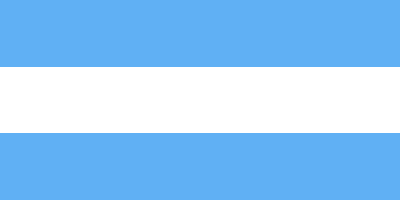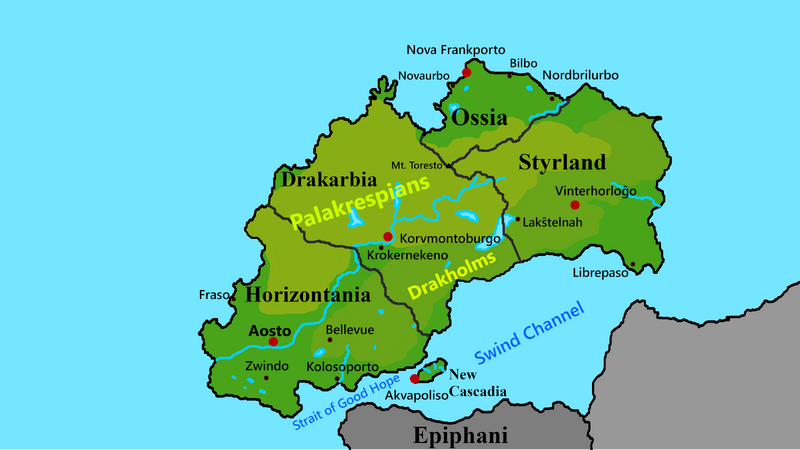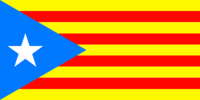Swindenland
TNPer
- TNP Nation
- Swindenland
The Republic of Swindenland in a nutshell

Libertas, aequitas et scientas

Libertas, aequitas et scientas
The Republic of Swindenland is a parliamentary republic located off the northwestern coast of Auroria. It is an ethnically mixed nation united by the auxillary language Novanto (based on real-life esperanto).
Basic data
Population: 30 088 900
Land area: 305 788 km²
Population density: 98 people/km²
Capital city: Aosto
Active military personell: 85 000
Currency: Spesmilo
GDP/Capita (Nominal): 51 256 ₷
Human Development Index: High 0.901
History
Swindenland was unpopulated for most of its geological history. It was settled for the first time by Umbrial-speaking merchants from the Epiphani Imperium in the south and by Ad Kai and Akarian fishermen in the north. All colonies went bankrupt which is usually attributed to earthquakes and vulcanic activity. A mass immigration wave occured during the enlightenment, dominated by the Gothi, Santonians and Mercants, as new colonits sought to establish a new nation based on personal liberties, democracy, secularism and women's rights. The land was bought from the Epiphani empire. On August 1st 1799 the Parliament of the island declared a constitutional republic. To overcome linguistic divisions Igor Zamenhof and the University of Aosto created Novanto, an auxillary language that is a mix of all languages and simple to learn. Novanto became the official national langauge.
The industrial revolution in Swindenland began at the start of the 19th century. Industrial expansion was, however, soon slowed down by successful democratic socialist movements. Stagnation forced the nation to liberalise in the 1880s. In the 1910s a compromise between free market and socialist politicians created the modern Swind economic model - the combination of a free market, strong cooperatives and an extensive welfare state.
Swindenland was originally made of three states up untill the Ossian revolution of 1951. The unpopular, restrictive and religious Bela Strato government tried to surpress the Ossian statehood referendum in Nova Frankporto. The city of Nova Frankporto and its sorroundings were ruled by a radical civil coalition of atheists, nudists, nonheteronormatives, feminists, asocials, syndicalists, liberals and drug users, who developed a unique permissive culture and demanded secession from Styrland. In spite of federal repression the referendum had a high turnout and was overwhelmingly backed by voters. This lead to a short bloodless armed revolt in Ossia and nationwide protests that toppled the Bela Strato government. Ossia obtained statehood, civil rights were expanded significantly nationwide, politics were further decentralised and strict secularisation was implemented. The last state to obtain statehood was New Cascadia in 1999 because of its unique small island culture.
Geography
The island of Swindenland is seperated from the rest of Auroria by the Swind Channel and the Strait of Good Hope. The island lies on the junction of the Aurorian and Eastern Polar plates which causes common earthquakes, vulcanic activity and geothermally active areas. The north is characterised by the alpine Palakrespian mountain range and the south by smaller hills named Drakholmoj (literally dragon hills). The two ranges are split by the river Daŭrono.
The southern coast of Swindenland experiences a temperate oceanic climate that transitions into an alpine climate in the mountain ranges. The northern coast has a wet subarctic climate.
The population is very urbanised and concentrated in the south, hence most of the country is forested. A smaller portion of the Palakrespians is covered with glass and glaciers. Because of unfavourable topography, earthquakes and forestation some northern areas are sparsely populated. The most picturesque region is New Cascadia, because of its cascading waterfalls and modern architecture.






Politics
Swindenland is a federal parliamentary republic with a semi-direct democratic constitution.
The President is a mostly symbolic title elected annually by Parliament.
The legislative is vested in the Federal Parliament which also appoints or dissolves the government headed by the Prime Minister. The Federal Parliament is unicameral and is elected with proportional approval voting. Nonvoters are represented degressively with randomly selected citizens. To govern parties must form coalitions. The majority of states is needed to veto legislation. The current ruling parties are the Democratic socialists, Green Party and the Pirate Party. Our current Prime Minister is Karlo Vespenaŭro.

The Federal Supreme Court is made of periodically randomly selected judges. The Republic uses Civil law.
Demographics
Most of the population is irreligious. The official and national language is Novanto. Speaking Novanto fluently is a requirement for citizenship. The plurality of Swinds is of Gothic and Santorian origins. Swindenland does not really have a unique culture, most customs, literature, food and architecture are derived from foreign cultures, especially neighbouring Aurorian cultures. Education is highly valued.
Economics
Swindenland has a mixed market economy. The economy is lead by export-oriented pharmaceutical, electronic, financial and aerospace industries. The primary sector is comprised primarily of forestry, fishing, agriculture, metal mining (particularly lithium, iron, uranium and boxite) and drug horticulture (all naturally occuring drugs are legal, but tightly regulated). Cooperatives are especially strong in the retail, fishing and housing sectors. Higher education and healthcare are free for all. The healthcare system has been criticised for having long waiting times. Information freedom ensures internet neutrality and less restrictive copyrights - some companies, servers and open-source projects licence their products under more permissive Swind law. Spesmilo is the Swind national currency. The Central bank tries to keep inflation of the Spesmilo reasonably low.
Taxes are primarily collected with a progressive income and land value tax. Corporate tax rates are quite low.
Swindenland is a nuclear nation that has switched entirely to liquid fluoride thorium reactors. Nuclear power accounts for almost all power produced, the rest is accounted for with geothermal plants and rubbish incineration, which Swindenland also imports from the region.
Pipistrellus (aircraft, light aviation, rotorcraft and telecommunications equipment designer and manufacturer)
Amdo (Computer processor, microprocessor, solid state-electronics and budget graphics processors designer and manufacturer)
Styr (Heavy equipment, engine, tractor, train and heavy construction equipment manufacturer)
Raiffspar (International credit union and cooperative private and corporate investment bank)
Touché (Pharmaceutical, recreational drug, medical equipment producer, biotechnology research and supplier of pesticides in Auroria)
Noko (Telecommunications, consumer electronics and durability-focused mobile phone desginer and manufacturer)
Midomo (Aurorian housing and restaurant cooperative federation focused on providing affordable housing to all)
Canonic (Server and software company, co-makers of Esperuntu LinOS)
Amdo (Computer processor, microprocessor, solid state-electronics and budget graphics processors designer and manufacturer)
Styr (Heavy equipment, engine, tractor, train and heavy construction equipment manufacturer)
Raiffspar (International credit union and cooperative private and corporate investment bank)
Touché (Pharmaceutical, recreational drug, medical equipment producer, biotechnology research and supplier of pesticides in Auroria)
Noko (Telecommunications, consumer electronics and durability-focused mobile phone desginer and manufacturer)
Midomo (Aurorian housing and restaurant cooperative federation focused on providing affordable housing to all)
Canonic (Server and software company, co-makers of Esperuntu LinOS)
Fun facts
The country uses decimal time alongside the standard duodecimal system. Rampant alcoholism is the nation's biggest problem. Citizens are encouraged to own firearms. The highest peak of the nation is Mt. Toresto with 3082m in the Palakrespians. To withstand strong earthquakes buildings must be earthquake resilient - that's why construction in Swindeland is so expensive and why there are no tall skyscrapers.

References
-Swindenland (Eras Factbook), April 2020, accessesible here
Last edited:

